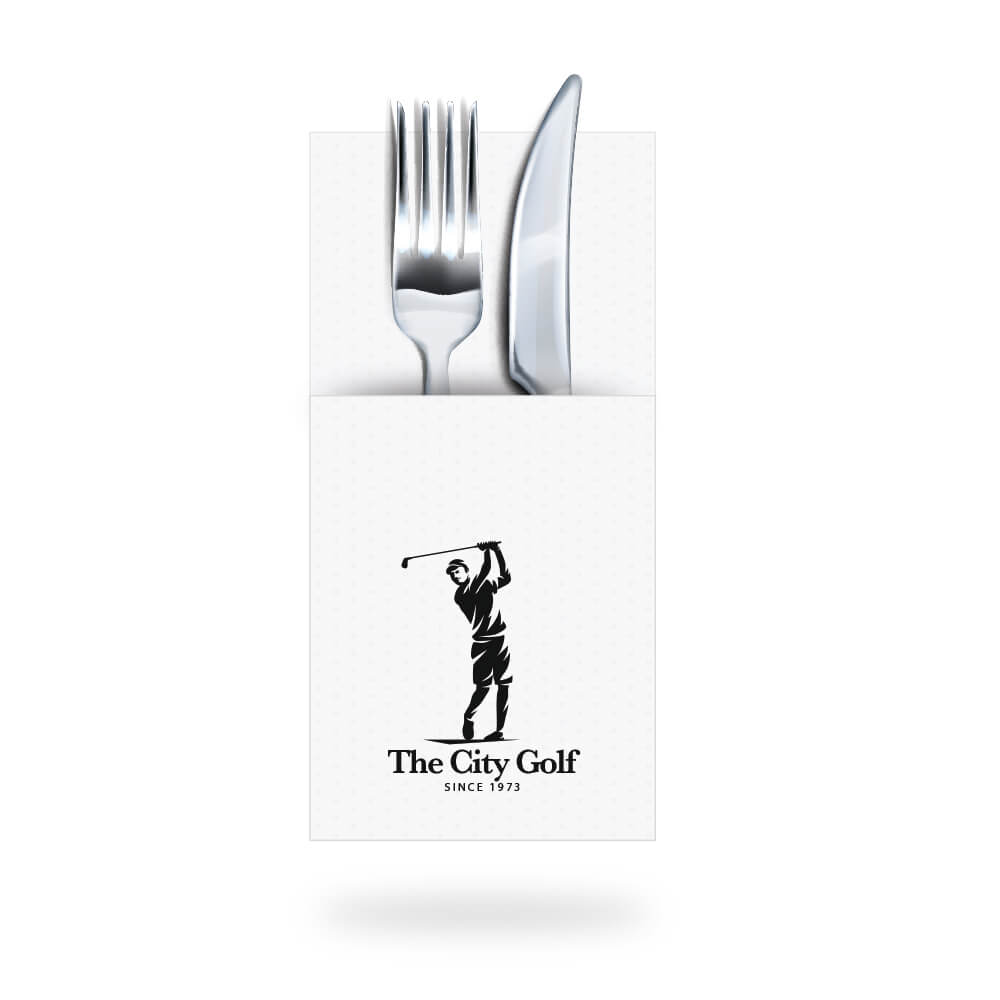The Art of Gift Wrapping Paper Design
Gift wrapping is more than just a practical necessity; it is an art form that encapsulates the essence of celebration, love, and joy. The design of gift wrapping paper plays a crucial role in enhancing the overall experience of giving and receiving gifts. A well-designed wrapping paper not only protects the contents but also conveys the emotions and intentions of the giver. In this article, we will explore the various aspects of gift wrapping paper design, including its history, trends, and the artistry behind it.
The Historical Context
Gift wrapping has a rich history that dates back thousands of years. In ancient cultures, gifts were often presented in leaves, fabric, or woven baskets. The evolution of gift wrapping paper is closely tied to the development of paper itself. By the 19th century, the commercial production of wrapping paper began to flourish. Early designs were often simple, featuring plain colors and patterns. However, as the art of gift giving evolved, so did the designs of wrapping paper. Today, a diverse range of styles and themes can be found, reflecting various cultures, holidays, and personal preferences.
Current Trends in Gift Wrapping Paper Design
Contemporary gift wrapping paper design is influenced by a myriad of trends, with an emphasis on sustainability, minimalism, and personalization. Eco-friendly wrapping paper has gained popularity as people become more conscious of their environmental impact. Recyclable, biodegradable, and reusable materials are now preferred, promoting a more sustainable approach to packaging.
Minimalism is another significant trend in wrapping paper design. Simple, elegant patterns and muted colors are favored for their sophistication and versatility. This approach allows the gift itself to take center stage while still providing an aesthetically pleasing presentation.
gift wrapping paper design

Personalization has also become a key element in gift wrapping. Custom designs that include the recipient’s name, favorite colors, or even photographs make the gift feel more special. This trend highlights the importance of thoughtfulness in gift-giving, as the wrapping becomes an extension of the giver’s intent and relationship with the recipient.
The Artistry of Design
Gift wrapping paper design requires creativity, attention to detail, and an understanding of color theory. Designers often draw inspiration from various sources, including nature, artwork, and cultural motifs. Floral patterns, geometric shapes, and abstract designs are just a few examples of the aesthetic choices available to designers.
Color plays a vital role in gift wrapping paper design. Different colors evoke different emotions and can set the tone for the occasion. For instance, vibrant reds and greens are perfect for Christmas gifts, while pastel shades might be more suitable for baby showers or birthdays. Additionally, the choice of finishes—such as matte, glossy, or textured—can further enhance the look and feel of the wrapping paper.
The tactile experience is also a key factor in gift wrapping design. The way the paper feels in hand can create anticipation and excitement. Designers often experiment with thickness, texture, and embellishments like ribbons, bows, and tags to add dimension and interest to their creations.
Conclusion
In conclusion, gift wrapping paper design plays an integral role in the art of giving. It goes beyond mere functionality; it is a reflection of creativity, emotion, and care. As we continue to embrace sustainability and personalization in our lives, the world of gift wrapping will undoubtedly evolve, offering new and exciting possibilities for individuals to express their sentiments. Whether it’s a birthday, holiday, or a simple gesture of appreciation, the thoughtful choice of wrapping paper can elevate the experience, transforming a simple gift into a memorable moment. As the saying goes, it’s not just the gift itself that matters but how it is presented.



